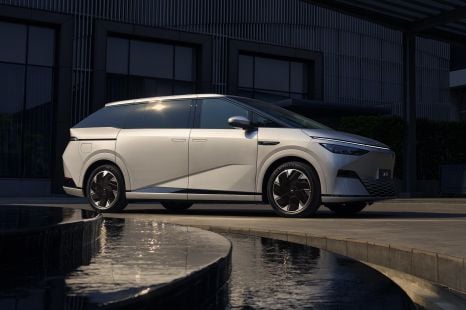

William Stopford
Will 2026 be the year of the people mover in Australia? China seems to think so
19 Hours Ago
Best known for their use in some of the most desirable performance cars, V10 engines are known for their rarity and their unmistakable sound.

Contributor
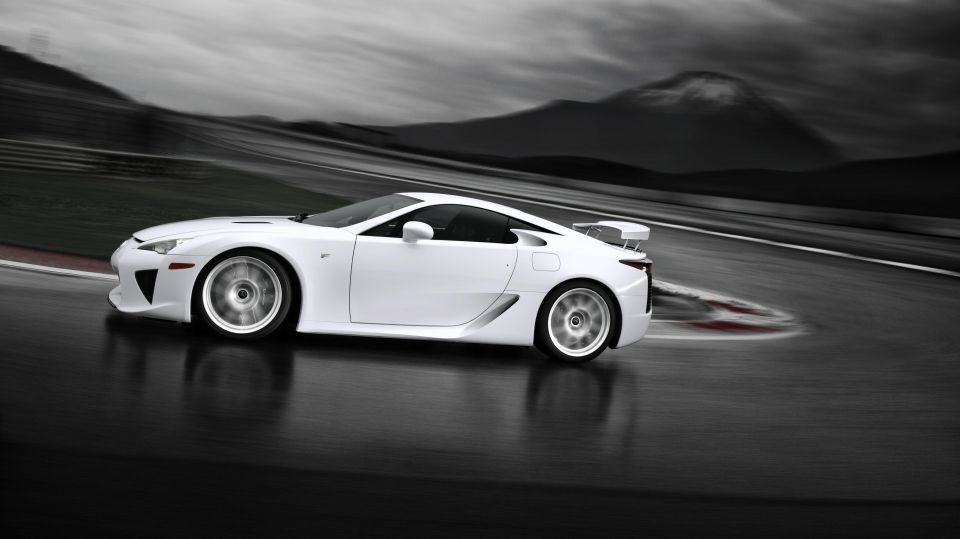

Contributor
V6s, V8s and V12s are used in everything from luxury cars to proper supercars. The V12 is a balanced engine that can be more easily (and cheaply) designed from a manufacturer’s existing catalogue of V6 engines, while V8 and V6 engines are both more compact and easier to package then the V10 alternative, making them suitable for a broader range of cars.
The V10, in comparison, generally consists of two banks of five cylinders connected via a common crankshaft. This creates a plane imbalance that makes the engine want to rock back and forth more so than the engines described above.
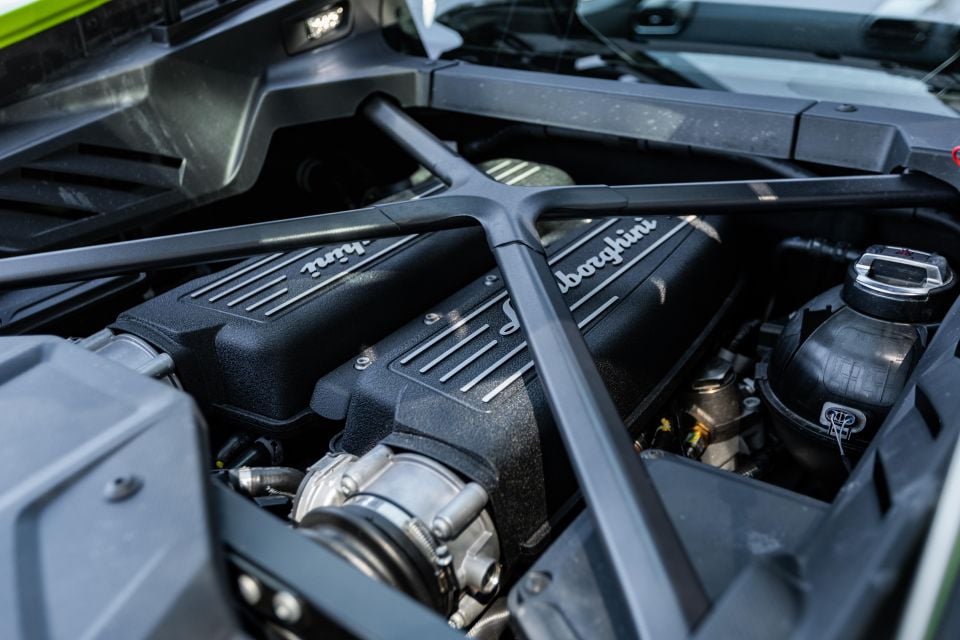
This combination of requiring bespoke components that cannot be easily adapted or developed from a manufacturer’s existing range of powertrains, as well as other necessary additions (such as balancing shafts to reduce vibrations) make the V10 a rare breed of engine.
Nevertheless, the V10 does facilitate some advantages that in certain cases put it in a ‘goldilocks zone’ between typical V8 and V12 engines. Having two fewer cylinders than a V12 equates to less reciprocating mass, providing more overhead for V10 engines to rev higher, while having a higher cylinder count than a V8 provides greater scope for more power.
Note that these inherent benefits may be affected by other factors such as the parts used and related design considerations, while the application of forced induction (such as turbocharging and supercharging) to a V8 or V12 may allow them to overcome any inherent advantages to the V10 engine.
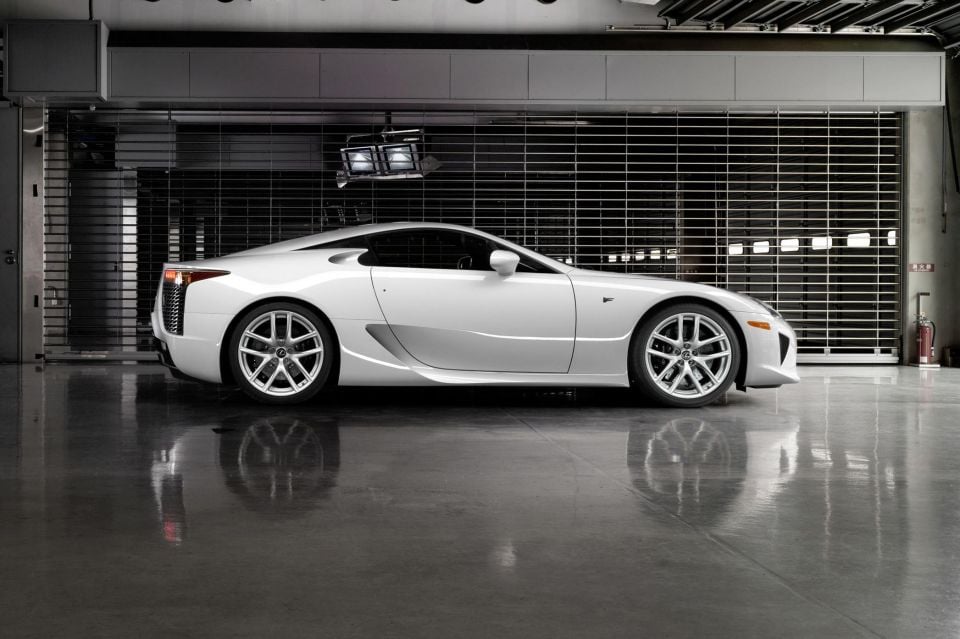
There are some who say the bespoke V10 used in the Lexus LFA is the greatest sounding engine ever made, while some believe it’s simply the greatest internal combustion engine, period. What’s not in question, however, is the phenomenal engineering behind this design.
Although output figures of 412kW at 8700rpm and 480Nm of torque may seem unremarkable compared to the LFA’s supercar competition, they belie the true character of its engine, formed out of its construction, ability to rev, and its exhaust sound.
Made from exotic materials including aluminium, magnesium and titanium alloys, Lexus claims the LFA’s V10 was as light as a conventional V6 and as compact as a V8.
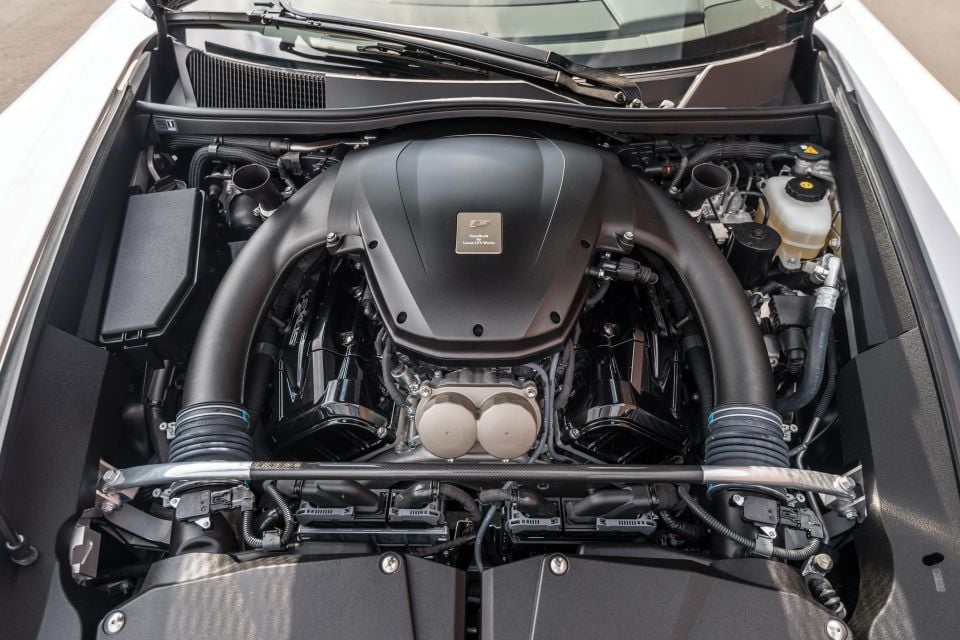
Coupled with other design features such as racing style dry-sump lubrication that supplied oil at a constant pressure, Lexus was able to make its V10 rev from idle to its 9000rpm redline in just 0.6 seconds. The Japanese brand claims that this was so fast that a traditional mechanical tachometer would not be able to keep up, hence the use of Lexus’ first digital instrument cluster.
Going in harmony with the engine’s ability to rev was its incredible sound. Variously described as resembling an old Formula 1 car, an animalistic, baleful howl, or a spine-tingling scream, acoustics of the engine were co-developed with Yamaha, renowned for its musical instruments.
Various innovations were used to enhance the roar from the engine, including a surge tank within the fuel intake system, equal-length exhaust manifold runners, as well as valve-actuated rear silencers, whereby all sound-deadening chambers were bypassed above 3000rpm. Three sound pipes were also used to channel this noise into the interior.
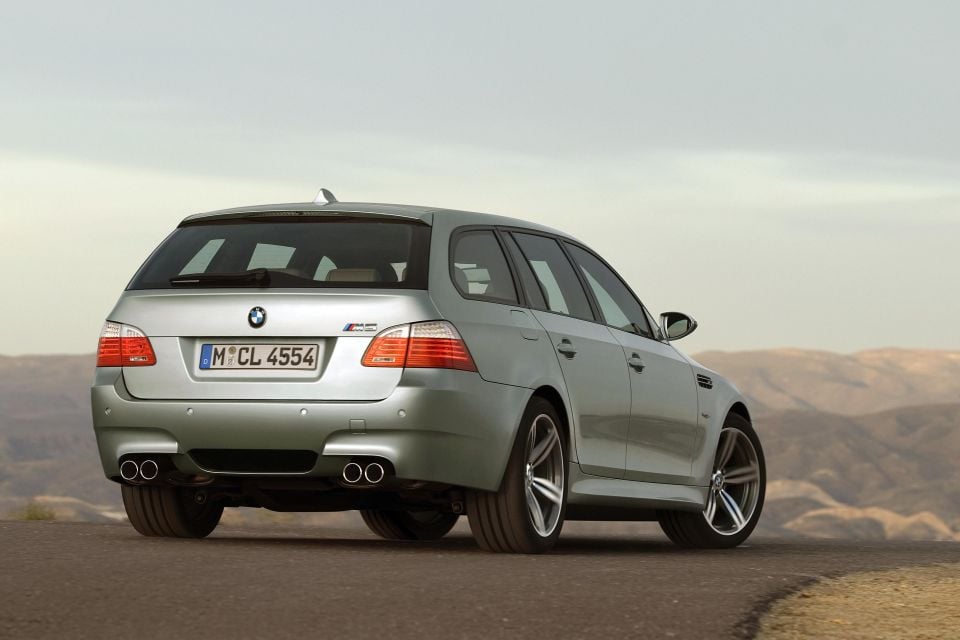
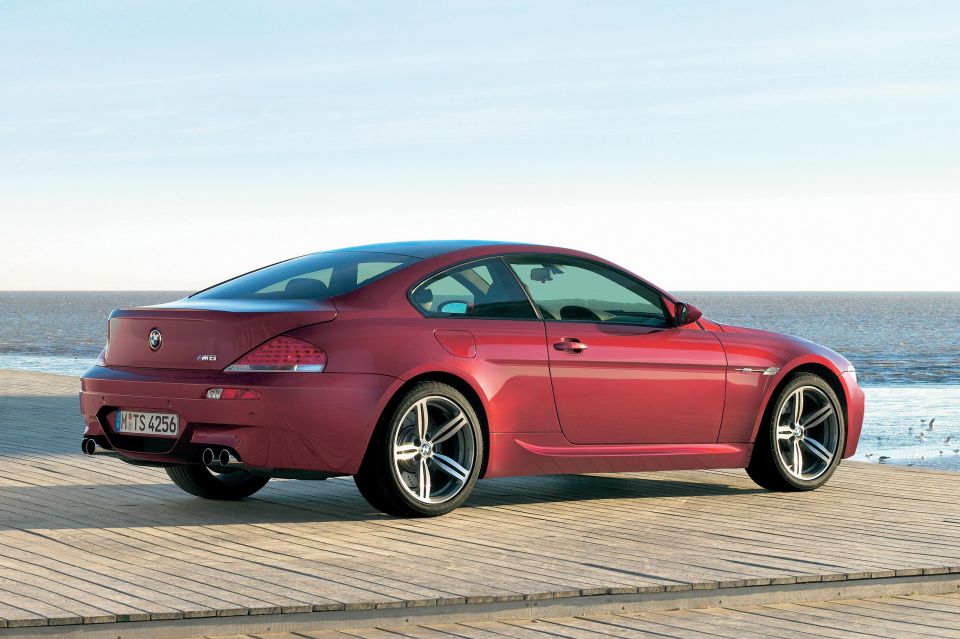
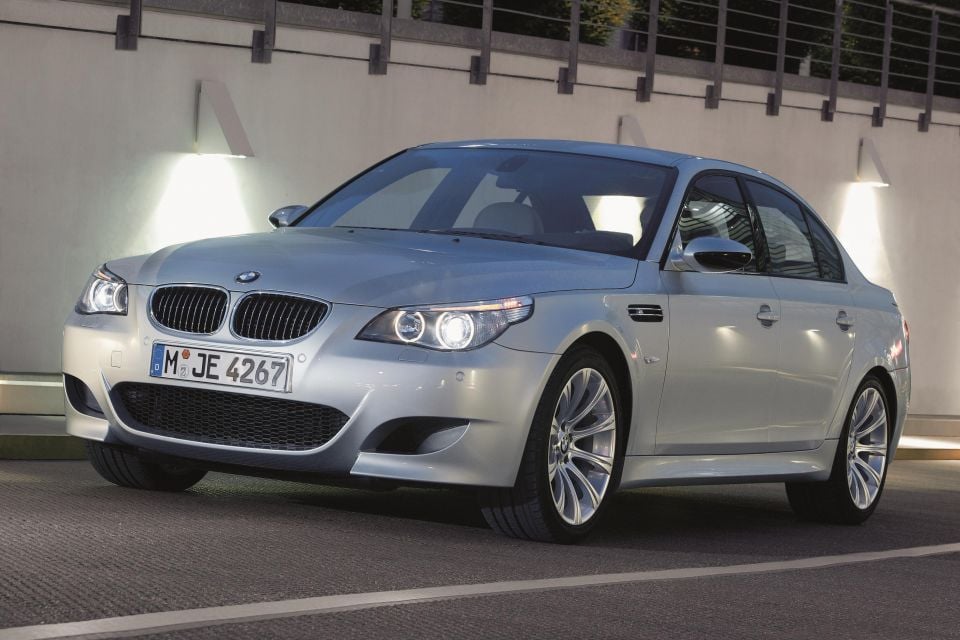
BMW is well known for making delectable six-, eight- and 12-cylinder engines, but perhaps more surprisingly, it has made only one production V10 engine in its history: the S85, fitted to M5 and M6 models produced between 2005 and 2010.
The naturally-aspirated 5.0-litre engine produced 373kW of power and 520Nm of torque and, much like the LFA’s V10, was entirely bespoke, sharing essentially nothing with other BMW engines.
Winning the International Engine of the Year award in both 2005 and 2006, BMW claimed this powerplant was inspired by its P84/5 V10 engine used in the 2005 Williams FW27 Formula 1 racing car and, appropriately enough, the S85 had a high redline at 8250rpm.
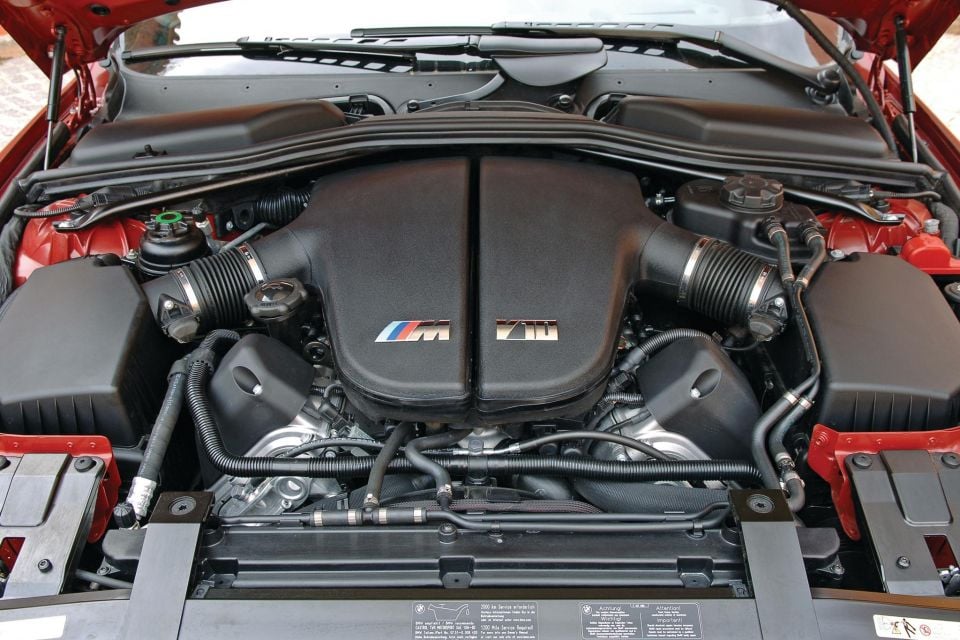
Making use of an aluminium-silicon crankcase to minimise weight, the V10 nevertheless carried an almost 100kg penalty over earlier V8s such as the S62. It incorporated numerous advanced technologies such as BMW’s double VANOS variable valve timing system, as well an innovative system for detecting misfires and knock known as ionic current control, whereby passing a low-voltage current through the spark plugs would be able to detect any issues.
Similarly to the LFA’s V10, the S85 most positive attribute is the treat it provides for the ears, namely a free-revving, race car-like sound.
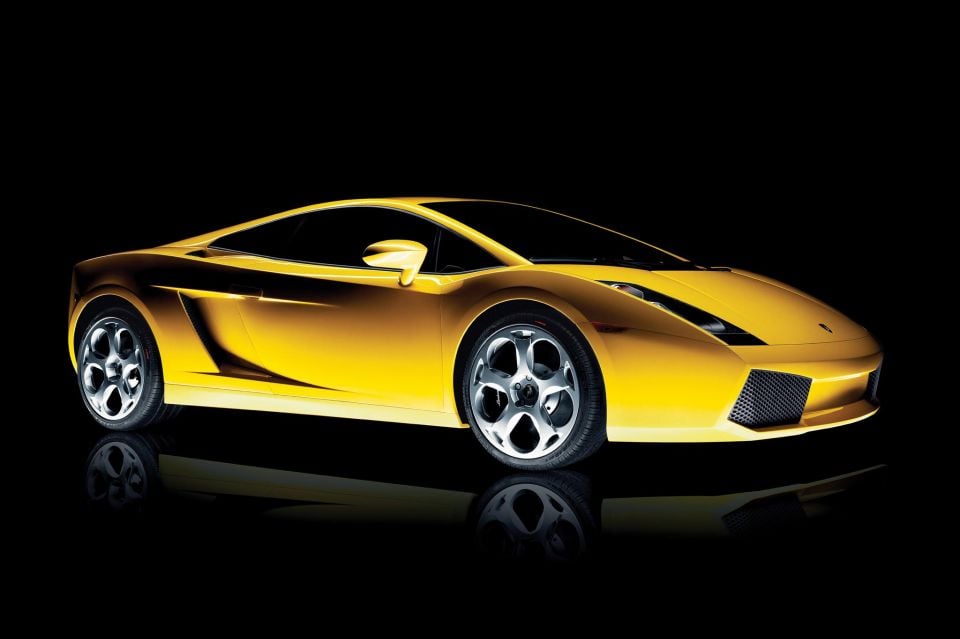
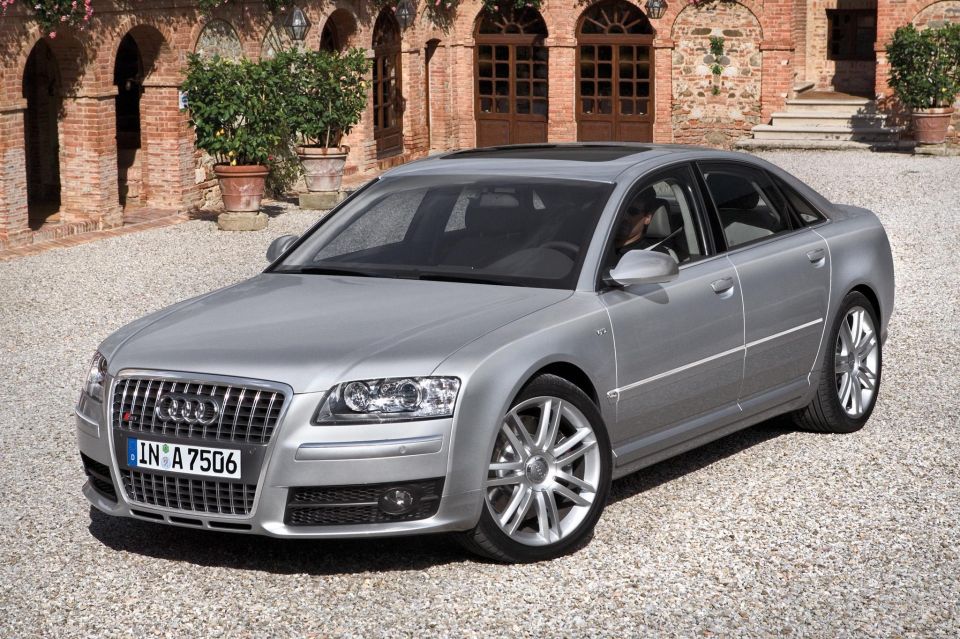
Lamborghini is all about expressiveness, theatre and daring design, which makes the high-revving and characterful nature inherent to most naturally-aspirated V10 engines an ideal marriage for the brand.
Although Lamborghini may be the brand most synonymous with the V10 engine, only the original Gallardo, introduced in 2003, made use of an in-house Lamborghini design with a 5.0-litre displacement.

Later versions of the Gallardo, as well as the subsequent Huracán and Audi R8 supercars, all use a different 5.2-litre V10 engine designed by Audi following its takeover of the Italian marque.
With some key differences such as a wet-sump lubrication system and different crankshaft, this Audi V10 has also seen use in previous generations of the Audi S8 and S6. Meanwhile, the C6 generation RS6 made from 2008-2011 made use of a heavily-modified, twin-turbocharged version.
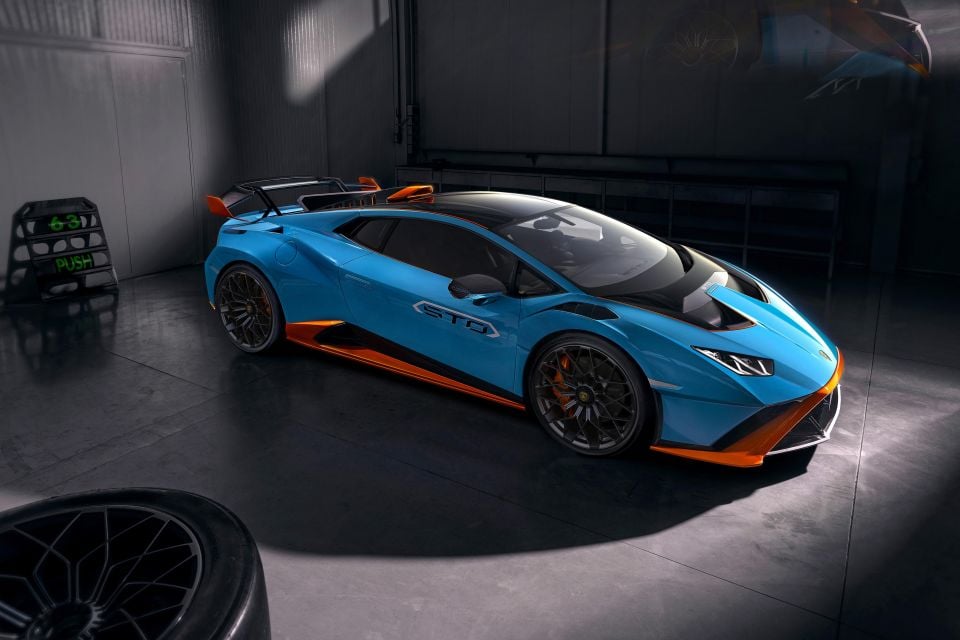
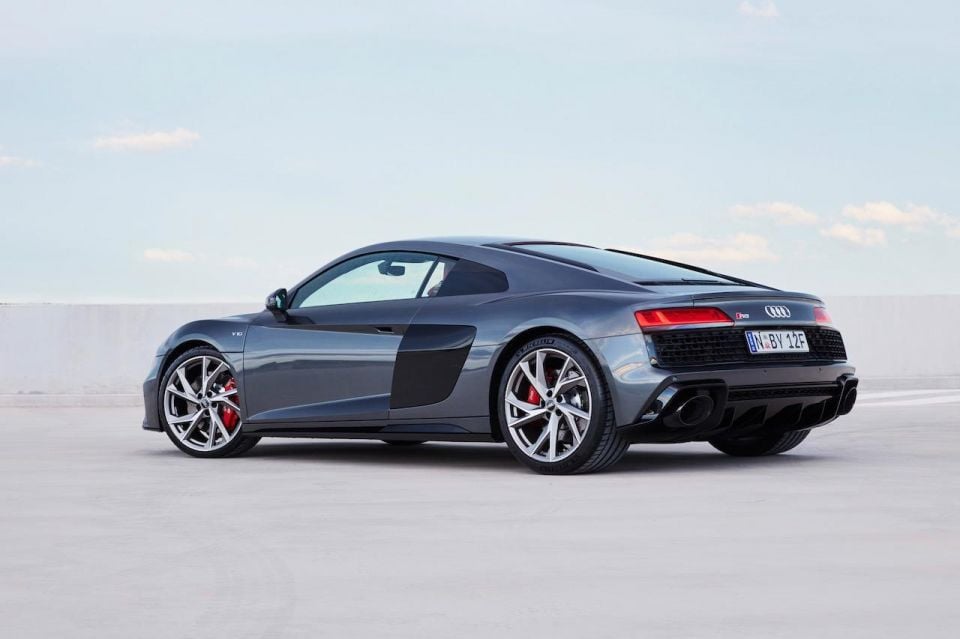
In the original Gallardo Superleggera, the 5.0-litre V10 produced a substantial 390kW of power and 510Nm of torque at a high 8000rpm and 4250rpm, respectively. In contrast, the 5.2-litre V10 in the latest Huracán STO produces a higher 470kW of power and 565Nm of torque at 6500rpm (redline of excess of 8700rpm), propelling the car from 0-100 km/h in a claimed 3.0 seconds.
The Audi 5.2-litre V10 has a 90-degree vee angle, and is currently produced in the Audi factory in Győr, Hungary, incorporating technologies such as Audi’s Fuel Stratified Injection (FSI) direct injection system. Latest versions of this engine also use cylinder-on-demand technology at low engine loads, effectively turning the engine into an inline five-cylinder by shutting off one bank of cylinders to save fuel.
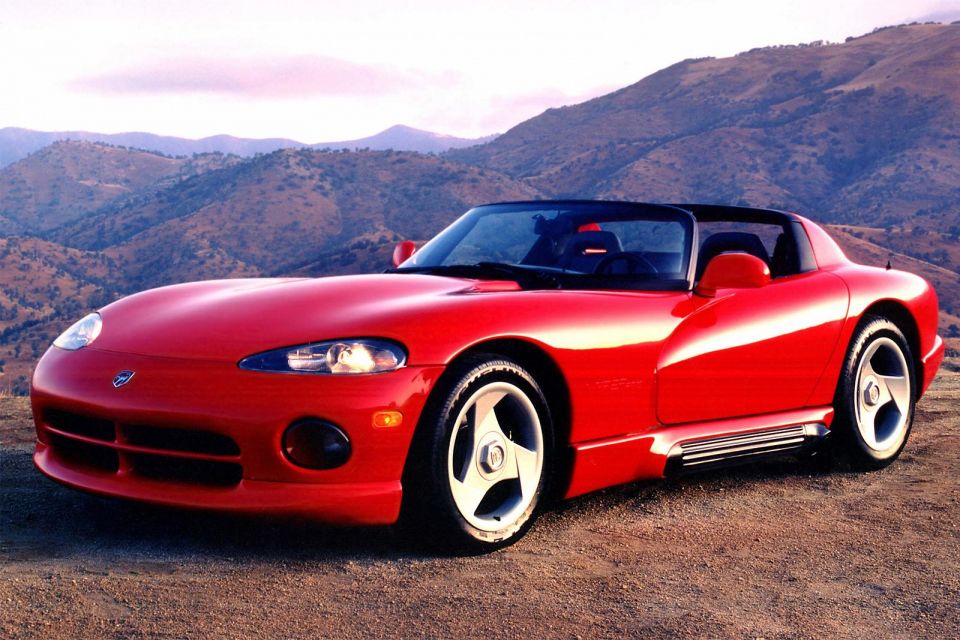
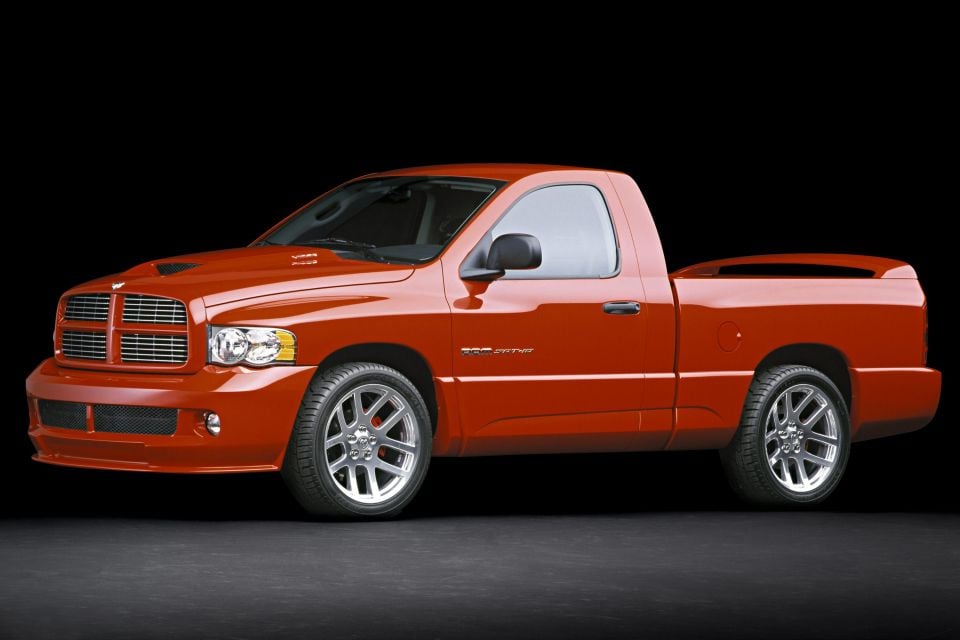
Americans love their large cars and large engines, and although they may not be the most technically advanced, sometimes there might be truth to the old adage that there’s no ‘replacement for displacement.’ In a land traditionally defined by the V8, the Dodge Viper’s V10 is perhaps the best example.
Based on Chrysler’s LA family of engines originally designed using older pushrod technology and used in commercial applications such as pickup trucks, the Viper V10 has one of the largest displacements of any production car in recent history.
The 8.0-litre V10 was launched in 1992, producing 298kW of power and 630Nm of torque. Dodge ended production of the engine in 2017, having increased displacement to a gargantuan 8.4-litres with outputs reaching 481kW of power and 813Nm of torque.
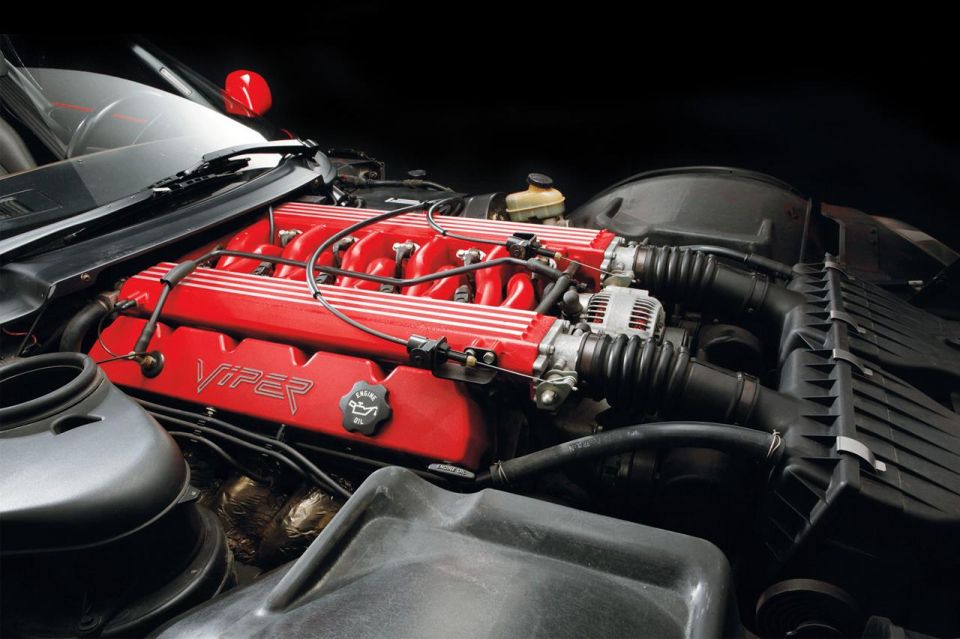
This engine can best be thought of as a 5.9-litre engine from Chrysler’s upgraded LA engines, known as the Magnum, with two extra cylinders added on. To keep weight down, Dodge replaced former iron-based components such as the engine block and cylinder heads with aluminium equivalents, alongside the introduction of new parts such as forged aluminium pistons.
Other improvements gradually implemented included the use of variable valve timing, a notable application of the technology in a pushrod engine.
Though initially exclusive to the Viper, Dodge later put it in its Ram pickup truck. V10-powered models were badged SRT-10.
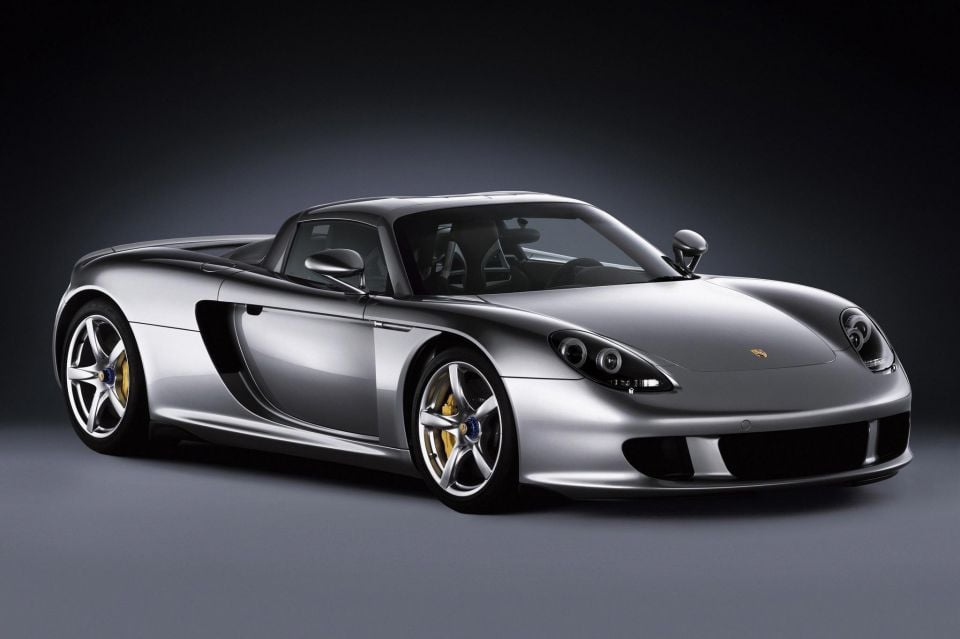
Inspiration is a broad term, and it’s easy for a manufacturer to claim that their fancy new engine was inspired by motorsport and racing. What’s harder, however, is to take a racing engine and turn it into something durable and drivable enough for daily road use.
Out of all the engines described here, it’s perhaps Porsche’s V10 that most closely reaches this goal. Porsche intended to compete in the 24 Hours of Le Mans during the late 1990s with its LMP2000 racing car, and the Stuttgart firm developed a V10 engine with potential displacements of 5.0-litres and 5.5-litres to fit in the prototype racing car (this engine design was itself derived from a smaller 3.5-litre V10 that had been used in Formula 1).
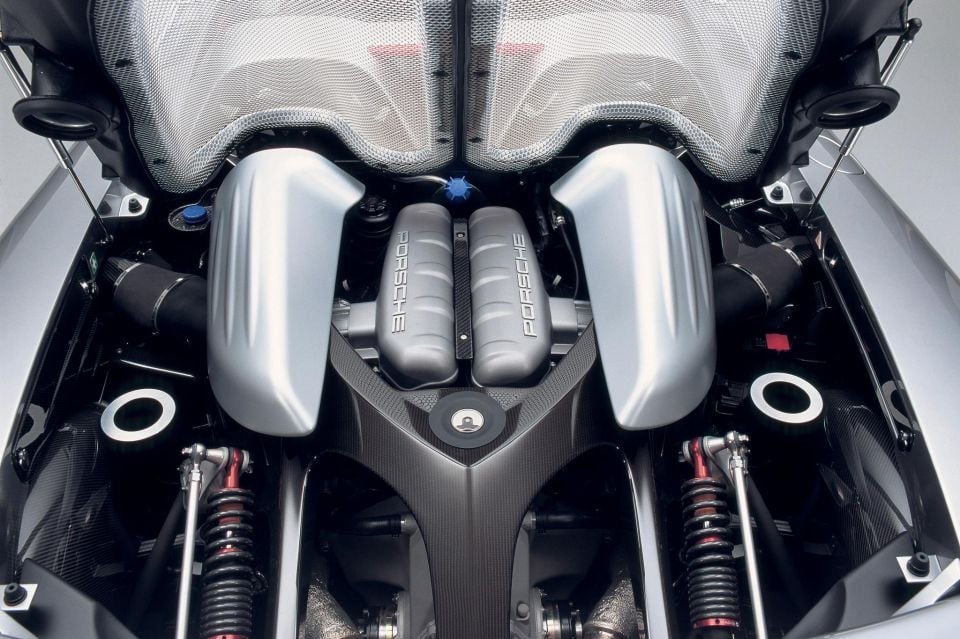
The racing program never received the green light, however, with engineers reportedly transferred to the more important Porsche Cayenne program and then Volkswagen Group chairman Ferdinand Piech unwilling to have Porsche compete with stablemate Audi at Le Mans.
Instead, a detuned version of this engine, now displacing 5.7-litres, made its way into the Carrera GT road car. With just 1270 examples produced, its V10 engine still produced huge power outputs of 450kW and 590Nm of torque, with a redline at 8400rpm.
Using an all-aluminium construction and featuring innovations such as sodium-cooled exhaust valves, the Carrera GT mated this engine exclusively to a six-speed manual transmission. It became the fastest road-legal car around the Nürburgring in July 2004, with a lap time of 7:28 seconds.


William Stopford
19 Hours Ago


Max Davies
20 Hours Ago
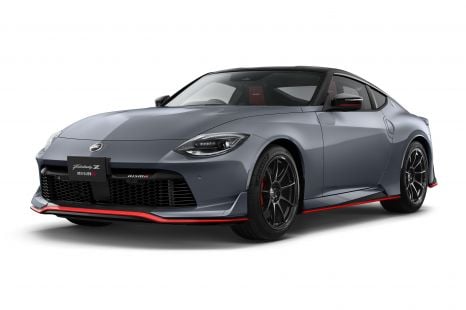

Derek Fung
21 Hours Ago
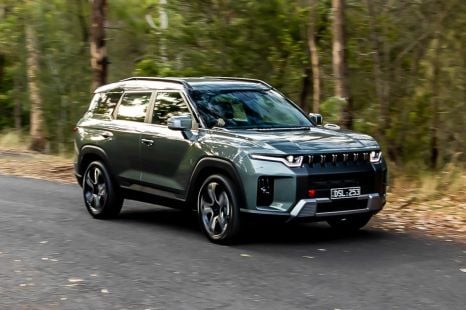

Matt Campbell
1 Day Ago


Ben Zachariah
2 Days Ago


Damion Smy
2 Days Ago